Every day, we’re surrounded by information—news articles, videos, social media posts, headlines. Some of it is true, some of it is opinion, and some of it is simply false. In recent years, fake news has become more common and more difficult to spot. It can look very professional, use real photos, and sound convincing. But even if it looks real, that doesn’t mean it is. Luckily, you don’t need to be an expert to protect yourself from misinformation.
Fake news spreads quickly because it’s designed to grab attention. Often, it plays on our emotions: it might make us feel shocked, angry, or afraid. These strong feelings can push us to react immediately—to believe it, comment, or share it with others. But when we stop for a moment and look more closely, we can usually spot the signs that something isn’t quite right.
One of the first things you can do is check where the story comes from. Is it from a well-known and trusted source, like a major newspaper or public institution? Or is it from a website you’ve never heard of, with no clear author or contact information? Trusted news outlets usually have a reputation to protect and take fact-checking seriously.
Another good habit is to look beyond the headline. Sometimes the headline is dramatic or emotional, but the actual article doesn’t support the same claim—or doesn’t give any sources at all. Reading the full article and asking yourself, “Does this really make sense?” can go a long way.
It’s also important to look at the date. Stories from years ago can suddenly go viral again, making people think something just happened when it didn’t. Always check when the article or post was published.
If a story sounds too strange or extreme to be true, that might be a reason to pause. Does it only present one side of an issue? Does it use very emotional language or try to scare the reader? Reliable information usually explains things in a more balanced and calm way, without trying to push a strong reaction.
A simple but powerful tip is to see if other trusted sources are reporting the same story. If you search online and find that no major newspapers or official websites are mentioning it, that’s a warning sign. On the other hand, if multiple reliable sources confirm the information, it’s more likely to be true.
There are also easy tools anyone can use to check facts. You can search part of the story on Google, adding words like “fact check” or “fake” to see if someone has already verified it. If you’re unsure about a photo, you can upload it to a reverse image search tool like Google Images or TinEye, which shows where the photo has appeared before. Sometimes a powerful image is taken from a different event, a different year, or even a different country—and used in a misleading way.
There are also websites dedicated to fact-checking, such as Snopes, PolitiFact, Full Fact, Reuters Fact Check, and Facta (in Italian). These platforms investigate viral claims and explain what’s true and what’s false, using reliable data and sources.
In the end, the most important thing you can do is pause before you share something. Ask yourself: who made this, and why? Does it feel trustworthy? Can I double-check it? Even a few seconds of reflection can help stop the spread of false information.
Being informed is one of the most important tools we have in today’s world. And staying curious, asking questions, and checking before believing something are simple habits that make a big difference—for us and for the people around us.



0 Comments